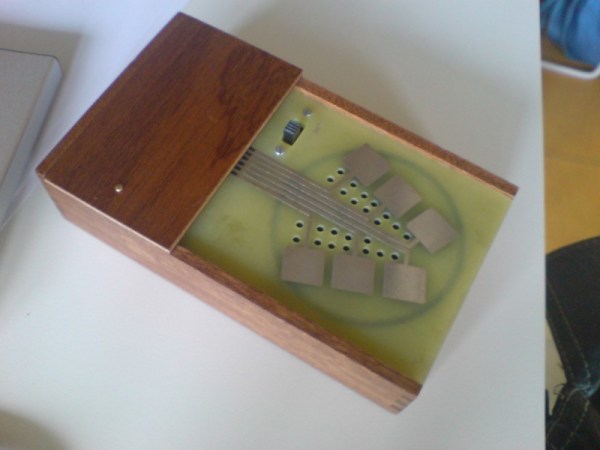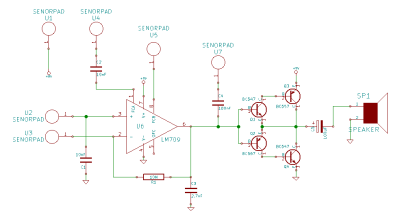For a lot of us some sort of audio circuit was our first endeavor into electronics. Speak and Spell, atari punk console, LM386 in a mint tin, sound familiar? If not, you should do yourself a favor and knock out a couple of those simple projects. For those of us who have done a bit of what the kids are calling circuit bending, [Nickolas Peter] brings us a familiar hack with his Patient Alpha project. You can see a time-lapse video of the build process and a short demo in the video after the break.
[Nickolas] did a few mods to his 2013 Executor key fob; the obligatory potentiometer for resistor swap is always a crowd pleaser. Adding an audio out via 3.5 mm jack is something that some of us wouldn’t have thought to include, but it lets the Executor scream into your serious audio gear for maximum eargasms. It’s worth mentioning that [Nickolas] does a good job with this hack’s finished look, albeit he started with a product in an enclosure he still goes to the trouble of custom fitting all his bits in an aesthetically pleasing way. And then he made a second.
We have covered circuit bent projects aplenty: from an old school take on circuit bending to one with a ratking of wires built on a proper bit of audio kit. Dig out your soldering iron and dig in.
Continue reading “Good Old-Fashioned Circuit Bending With Patient Alpha”






















